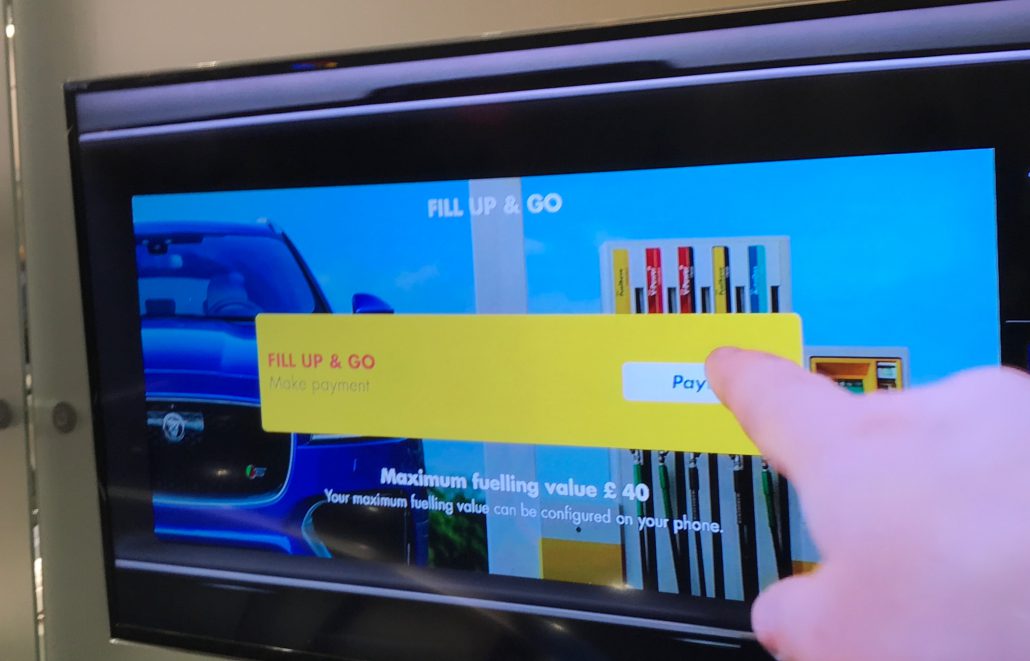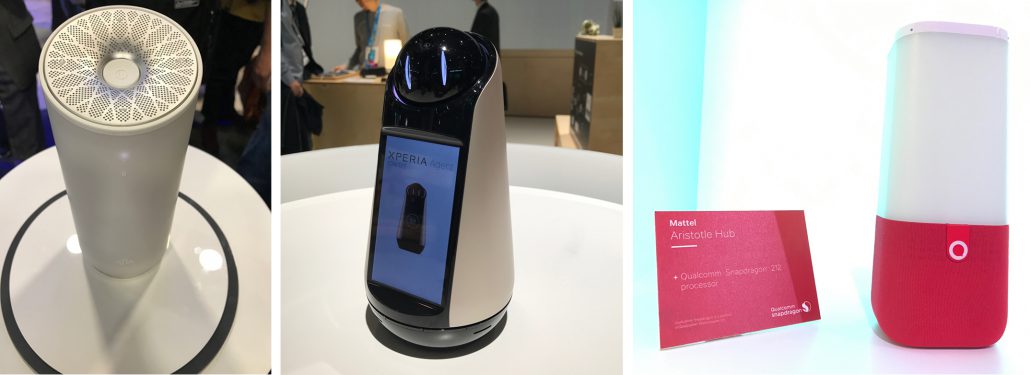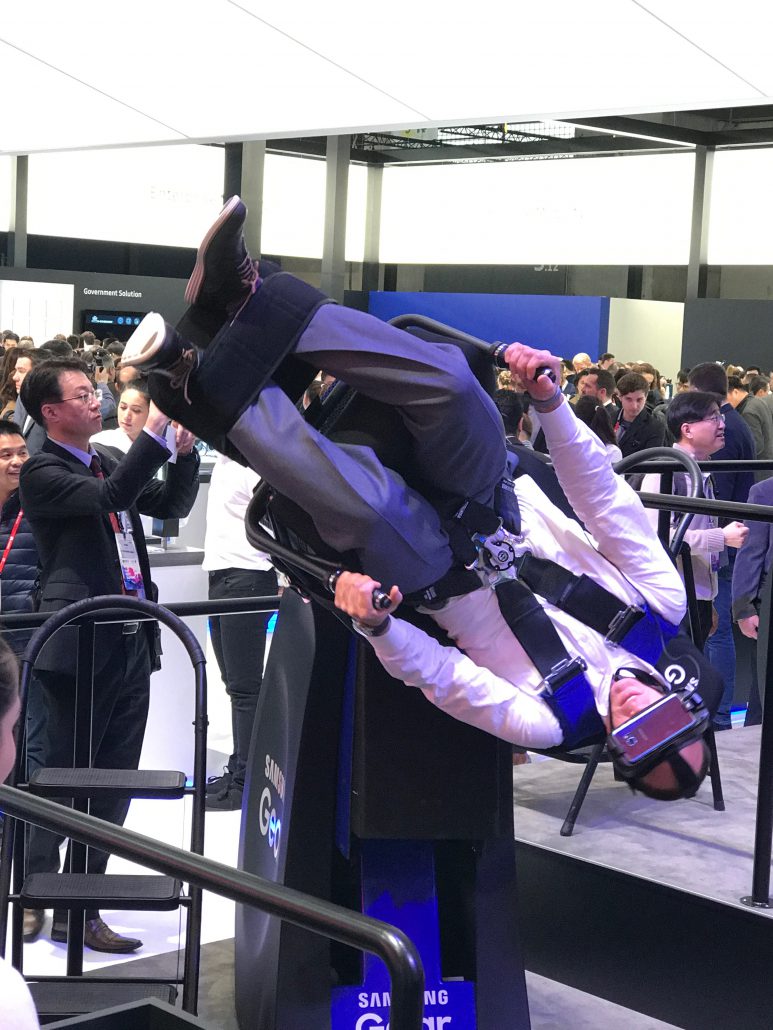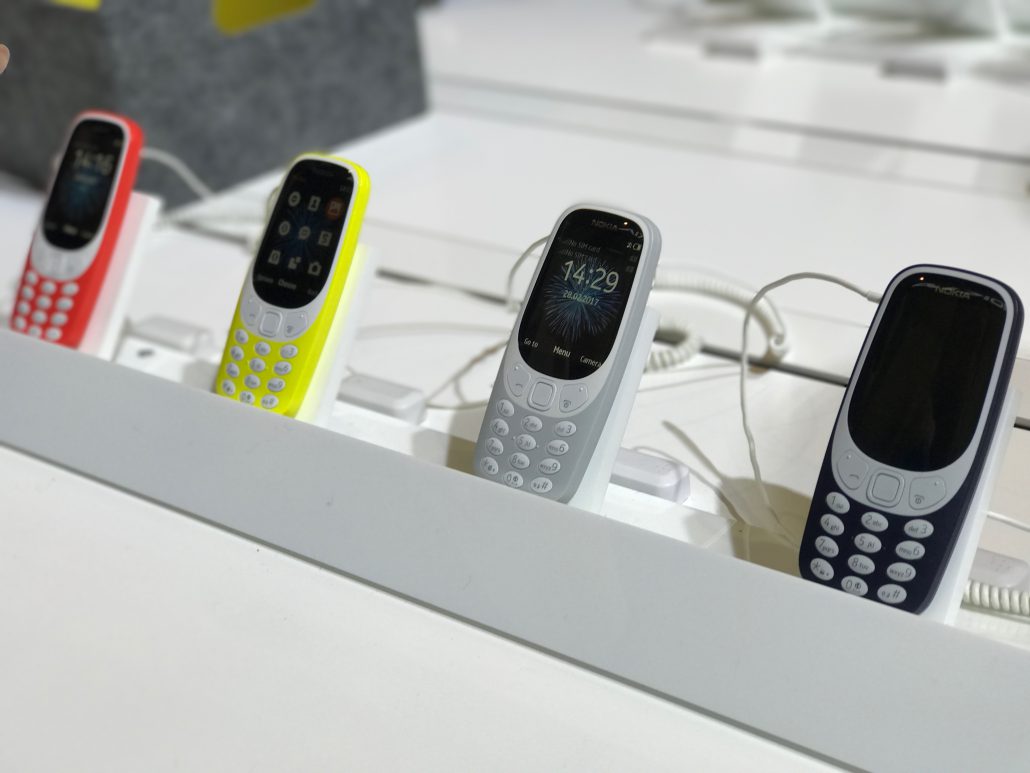Would you like to speed up the transformation process in your company by fast-forwarding the change using disruption and out-of-the-box thinking as the ultimate goal for 2017? Or perhaps pursue the end-to-end process, through programmatic advertising, with first, second and third party data, with marketing automation and immersive marketing, to achieve customer centricity? And are you also convinced that virtual reality and live content are the next big things?
Yes, I‘m exaggerating, of course. It isn’t that bad, fortunately. But anyone who has to deal with digital topics knows that they abound with specialist jargon. And that is not at all bad. We only have a problem if we can’t guarantee a common understanding of these terms – if everyone understands something, but not necessarily the same thing. And from time to time you can’t help feeling that some people also like to hide behind technology, abbreviations and abstract technical terms, in order to hide their own ignorance of the details.
Take a term like ‘digital transformation’. Do you as a businessperson think that digital transformation is important? Of course it is. And now ask your employees and colleagues what they mean by this term: The answers will surprise you. From an app for the canteen plan to crowd-based product development, they could cover just about anything. If there is no common understanding here it will be difficult or impossible for everyone to be on the same page. But how can they be, if no-one knows what is to be changed by this digital transformation? On top of that, a recent study has found that just a third of German companies feel well prepared or very well prepared for the digital revolution. Those who play Buzzword Bingo at this stage risk having this process fail for their company. Not because employees and service providers are fundamentally reluctant, but because announcing changes generates feelings of uncertainty, fear and the feeling of a lack of competency in established company structures. Abstract, difficult to understand language, suggesting great complexity, can cause additional resistance among the employees. But these are the most important supporters – or to put it in buzzword-speak, the ‘enablers’. So the ultimate maxim for decision-makers must be: Make things understandable and create a common understanding of what you mean by certain terms.
Another example? You make the fundamental decision for your company that ‘customer centricity’ will be part of your future strategy. So you want to ‘focus on the customer’ in future. This may be particularly important because your company has collected a large amount of customer data at the different contact points where customers engage with the company and its products (‘touch points’). You already have various databases, where customer information has gathered over time, but they are rarely compatible and cannot be ‘matched up’ with each other easily. If all the departments involved, such as the IT, marketing and sales departments, define customer centricity separately, they will all suggest quite different approaches with very disparate requirements. You could, of course, buy a software solution as an all-in-one solution because a strategy consultant has promised you double-digit savings. It would be more sensible, however, to allow all departments involved to exchange ideas – perhaps even moderated by an external, software-independent consultant – on how the goal of absolute customer orientation should be achieved in individual steps: what content, at which points of contact, how often, etc. And only then should they make subsequent decisions on structures, responsibilities, budgets, and maybe software as well.
In our experience, common understanding is achieved best when things become tangible for all concerned – and ‘tangible’ is also to be understood in the literal sense. Take for example a workshop where you can test new technologies and try them out yourself. Or you can talk to start-ups in your own industry, getting to know them from the inside, or ask experts from other sectors who have mastered certain aspects of the digital transformation in their company. And don‘t worry, you won’t have to book a trip to Silicon Valley! You can also gather such insights in a metropolis of your choice. You probably won’t draw up a total transformation strategy for your company after one such workshop. But in the best-case scenario, you will have jointly identified the most important fields of action for such a strategy, and established a common vocabulary.
It is just as important to find a common basis of understanding with your service providers. Don’t hesitate to ask what is meant by a certain term and what is behind it, along the lines of: “There is no such thing as a stupid question.” If you also encourage your service providers to do the same, you can greatly simplify and speed up the exchange of knowledge, allowing yourself and your counterparts an optimal learning curve and thus creating a good basis for efficient communication and co-operation.
Once you have achieved this, the practical implementation in your company will be many times faster. And then even buzzwords are no longer a problem. After all, everyone will then be reading from the same page.






